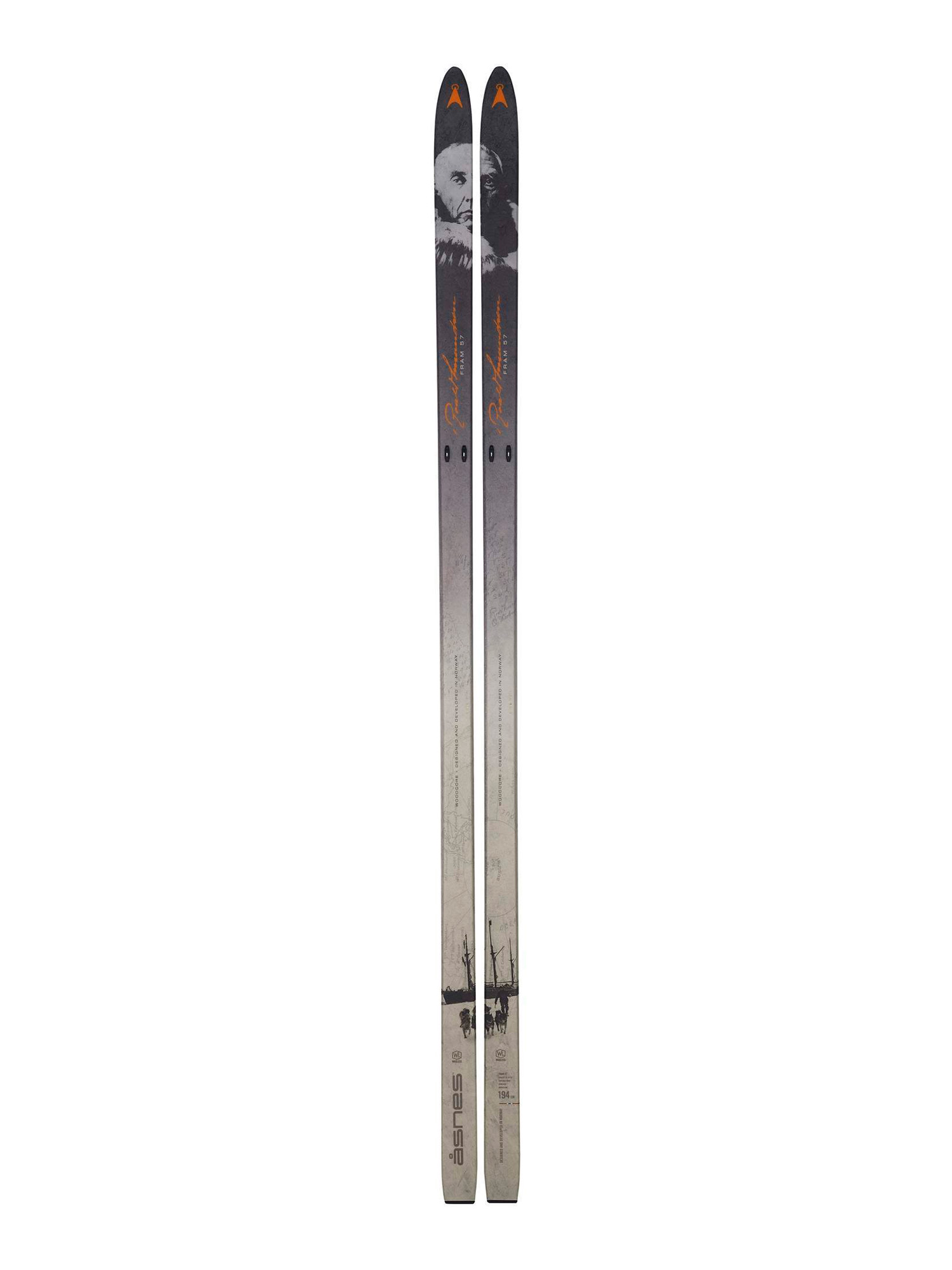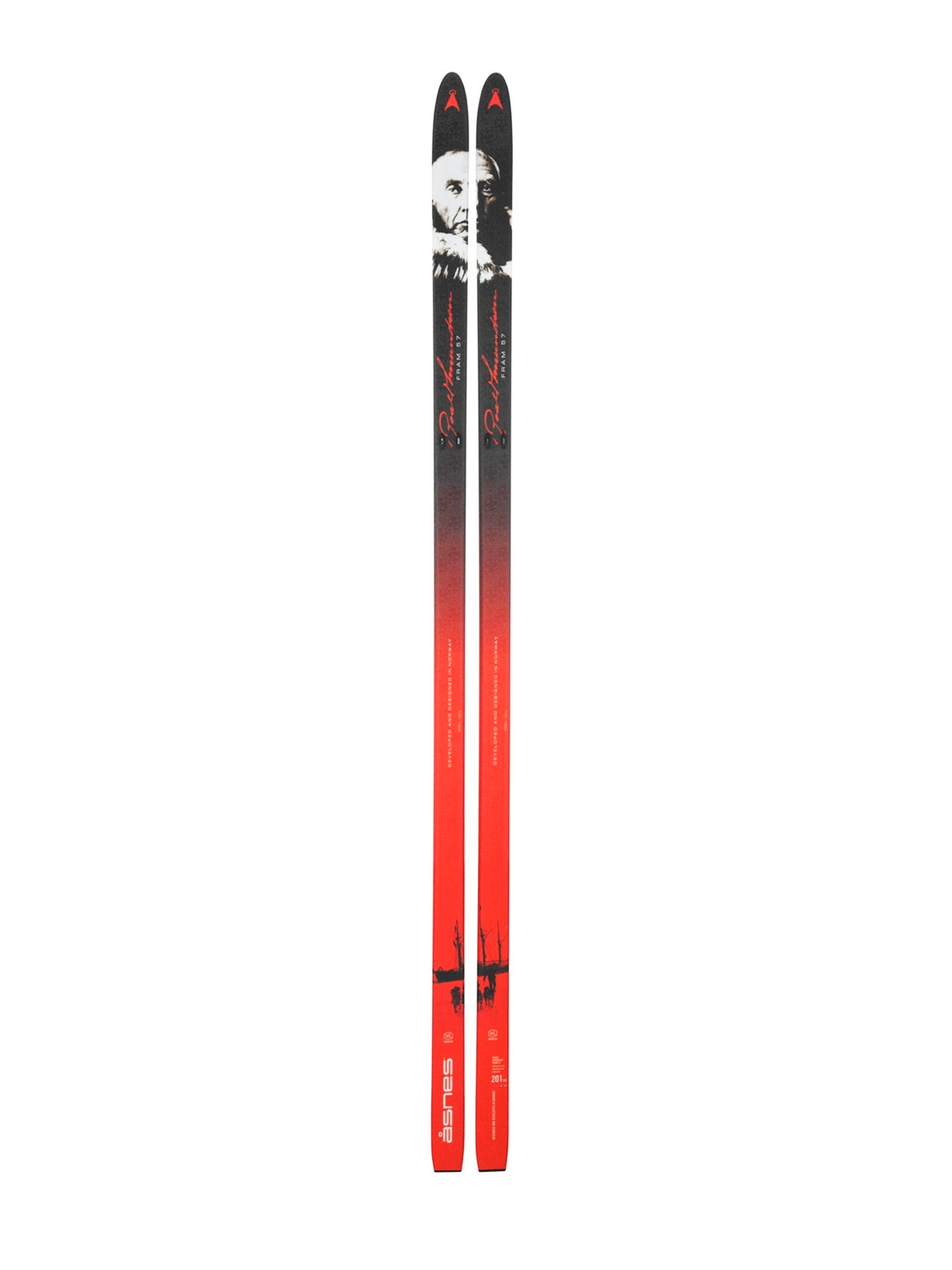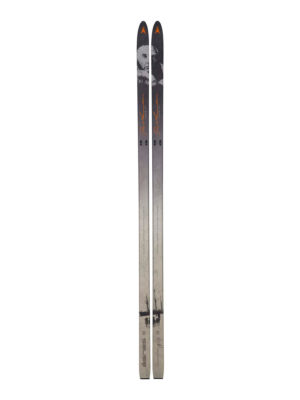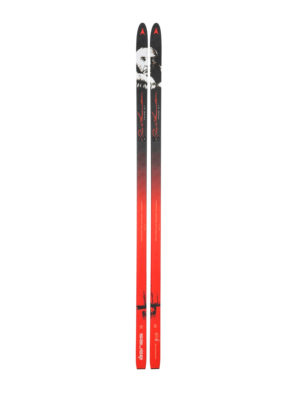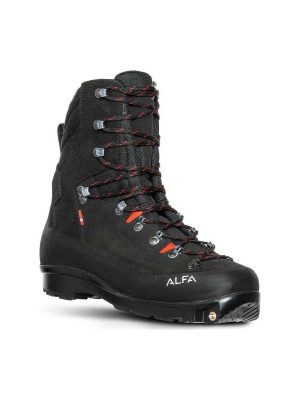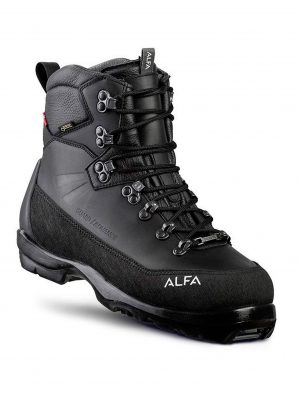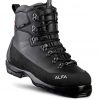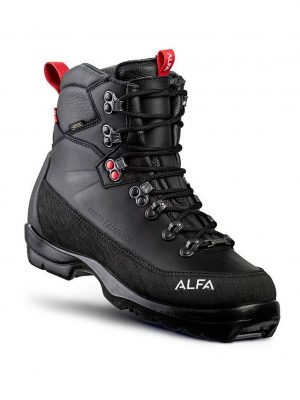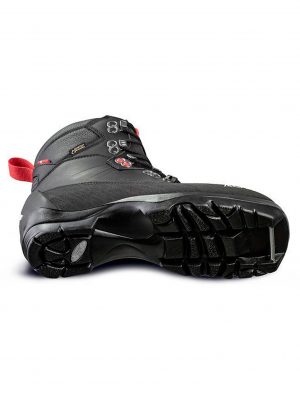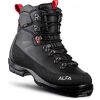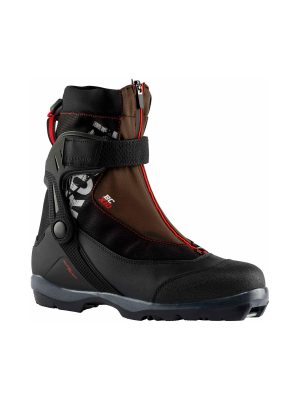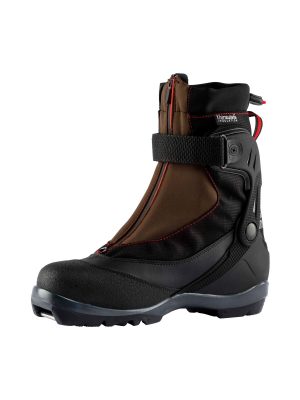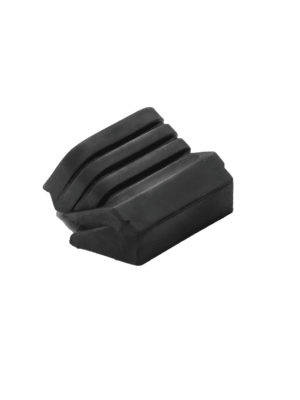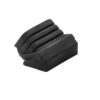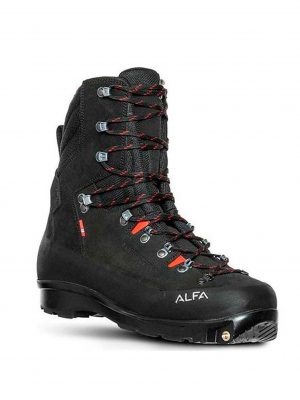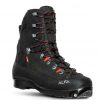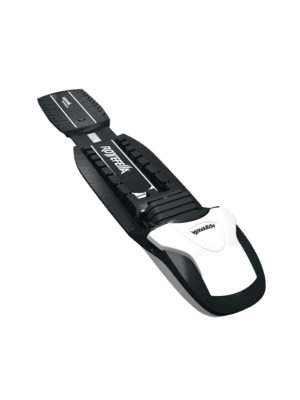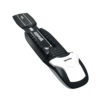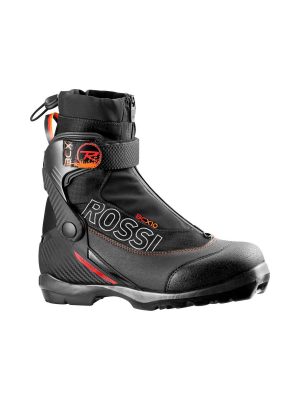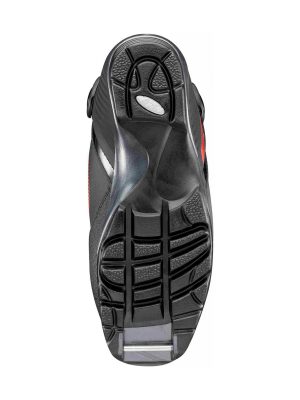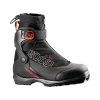❯ Äkäslompolo Store is closed during 4.5.-15.6. Rental is open during 4.5.-15.6 MON-FRI 9am-3pm, SAT-SUN closed ❯ ONLINE STORE OPEN 24/7!
Åsnes Amundsen Fram WL/SL skis
Original price was: 369,00 €.299,00 €Current price is: 299,00 €.
The perfect waxless choice for long treks and tracks alike
If you can't choose the size and color, the product is sold out and will no longer be in stock.
Amundsen Fram Waxless is a waxless ski, stiff along its length, narrow enough for groomed tracks but perfectly at home in the mountains.
A ski for long mountain excursions, with a higher pocket over the grip zone than the Amundsen, the full steel edge, and the stiffness and stability of the Amundsen Fram Waxless make it ideal for treks with extra weight – perfect for adventurers planning long trips with a sled or heavy loads.
The Åsnes fish-scale pattern provides excellent grip, regardless of condition, without time spent waxing.
Amundsen skis are equipped with Skinlock, ready for an X-Skin to be locked into the center of the ski in seconds. So although the Amundsen BC is narrow enough for groomed tracks, climbing skin can be instantly attached for climbing.
Roald Amundsen (1872–1928), the first man to reach both the South and North Poles, was a polar explorer, discoverer, researcher and flight pioneer. He navigated the Northwest Passage and was a pioneer in the use of airships and planes in polar research. Many of his expeditions were made with the Polar ship ‘Fram’, owned by the explorer Frijdtof Nansen.
Choosing the right length
Ski length is determined according to body weight and height. The table below is only a guide, however – experience, skill, terrain, and individual needs can all influence your choice of length.
Generally speaking, moving through rugged terrain calls for shorter skis than the open mountain plateau. And for beginners, short skis are easier to control. If you’re mainly skiing along tracks, the length isn’t the most crucial factor. For good float on deep snow, a slighter wider ski is useful. Lighter skiers might consider a shorter ski; heavier skiers a longer ski. Skiers with loads such as backpacks and sleds might consider a longer ski.
| Body length | Weight (kg) | Suggested length |
| 165-170 | 60-70 | 180 |
| 170-175 | 70-80 | 187 |
| 175-185 | 75-85 | 194 |
| 180-190 | 80-95 | 201 |
| 190 + | 95 + | 208 |
